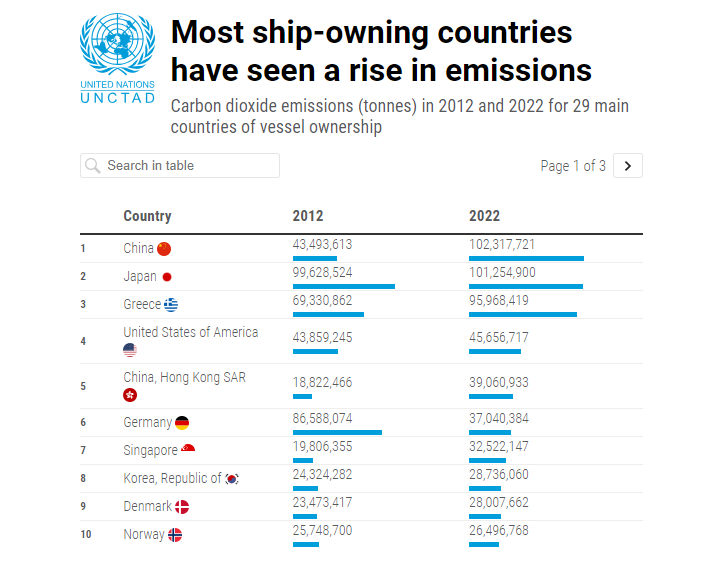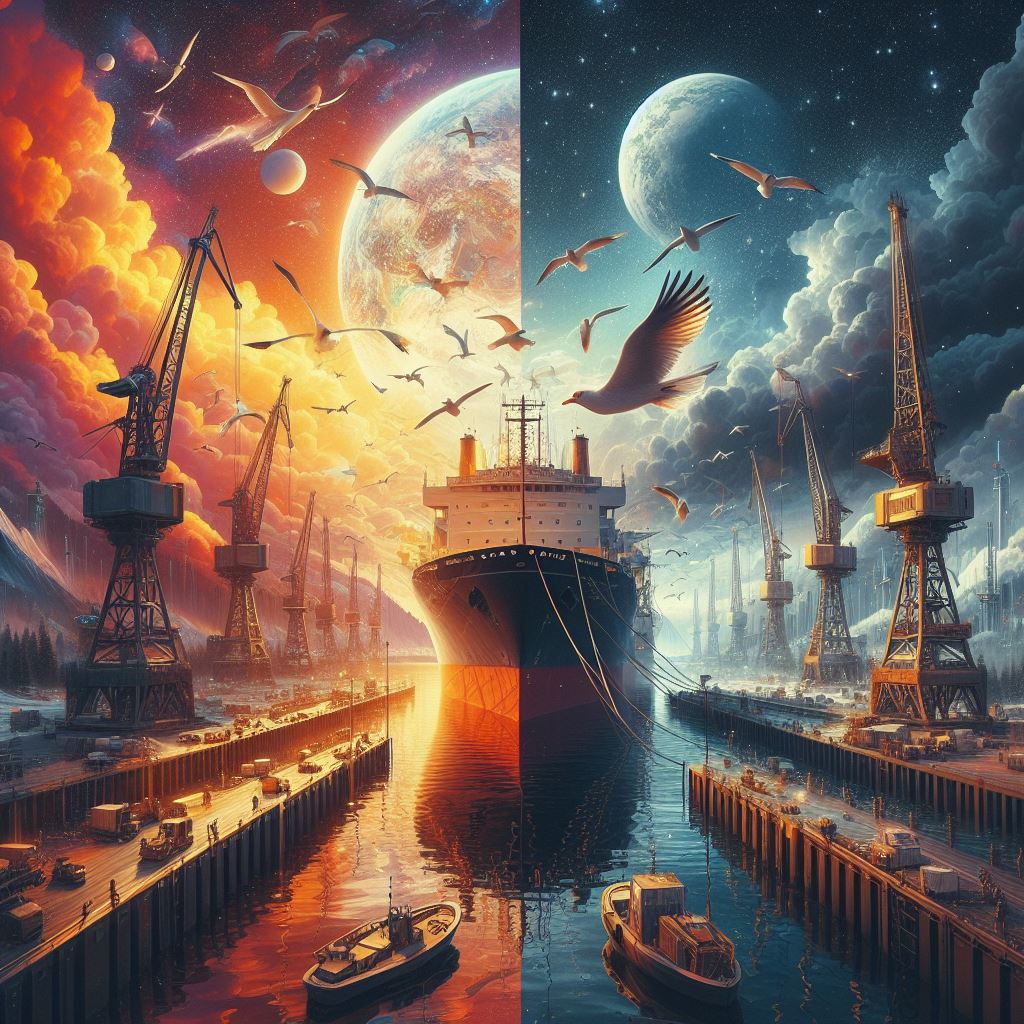Seatrium Limited, a shipbuilding mogul and a leading engineering solution provider, has signed an MoU (memorandum of understanding) with A*STAR (Singaporean Agency for Science, Technology, and Research) to discover AI (artificial intelligence) solutions and new energies for offshore and marine (O&M) ecosystems.
Singapore’s A*STAR to find new energy sources
The newly signed MoU is for their initial experiments on utilizing AI for new solutions, while both firms have previous experience of working together to develop better O&M solutions. Seatrium says that it plans to use artificial intelligence models to assess the potential of hydrogen and ammonia as new energy sources, along with many others, for marine needs. As A*STAR CEO, Mr. Frederick Chew, said,
“Building on our previous successful collaboration programmes in green shipping, digital design and advanced manufacturing, this latest collaboration in new energies and AI furthers Seatrium and A*STAR’s shared vision of developing more smart and sustainable solutions for the O&M sector. I look forward to programme outcomes that will contribute substantively to Seatrium’s and Singapore’s economic and sustainability goals.”
Source: A*STAR.
The collaboration between A*STAR and Seatrium is to find new solutions for the O&M industry by combining the experiences and knowledge of both organizations while keeping environmental sustainability as a priority.
The CEO of Seatrium, Chris Ong, also said that the collaboration of both organizations is for speeding up the decarbonization of maritime and energy transition by combining their knowledge and pushing the limits they want to find new energy solutions so that the industry can adopt renewable sources quickly.

Adoption is increasing in the maritime sector with new AI solutions
AI adoption is increasing with time in many industries, but their capabilities vary. The maritime industry can benefit from AI, as there are many areas waiting for improvement. Tarry Singh, an AI expert, while mentioning the maritime sector says,
“AI may be an opportunity that shippers should be looking at very seriously. Maritime operations have been extremely optimized, but there is definitely that “last nautical mile” efficiencies such as vessel precision operations using various geographical data to exactly make ETAs/ETDs, fine-tuning container routing, and re-routing, fuel-consumption models that offer “Fuel Savings Guarantees.”
Source: Maritimefairtrade.
As can be seen, he recommends machine learning and accessing big data for identifying patterns to move forward. Many other players in the industry are leveraging AI, as OOCL (Orient Overseas Container Line) has partnered with Microsoft’s research arm in Asia to work on AI to enhance its shipping operations. OOCL is already into exploring new tech offerings and has already adopted hybrid cloud infrastructure throughout its organizational structure.
Stena Line, one of the largest shipping corporations in Europe, has also partnered with Hitachi Europe Ltd, which is a subsidiary of Hitachi Ltd to implement AI to reduce fuel costs and environmental impact.
Singapore’s A*STAR’s announcement can be seen here.
From Zero to Web3 Pro: Your 90-Day Career Launch Plan
